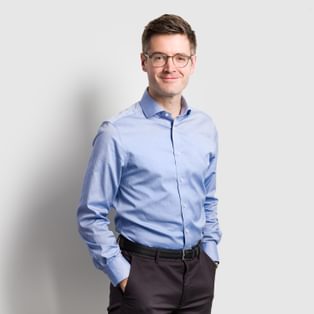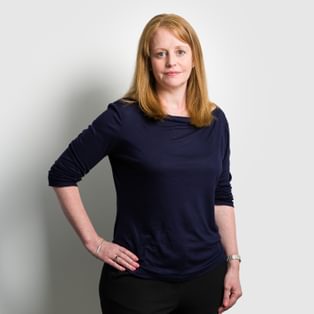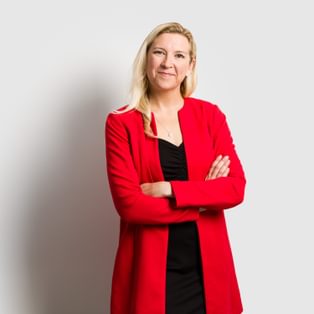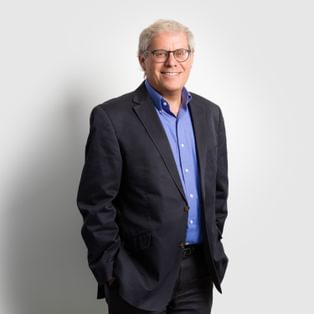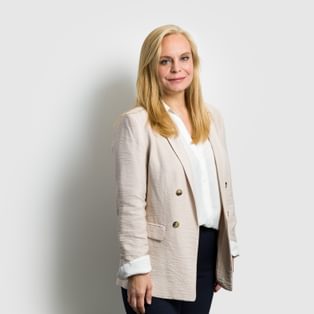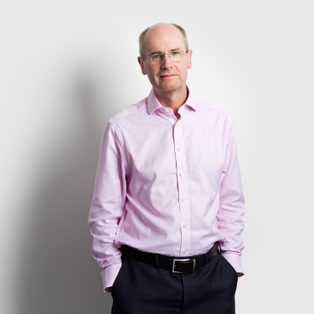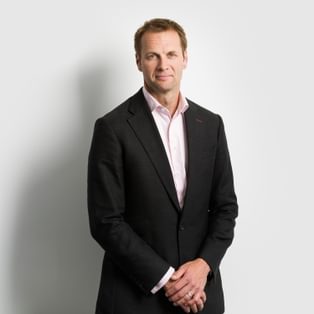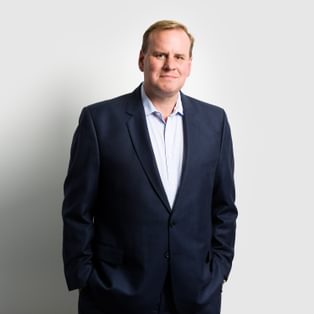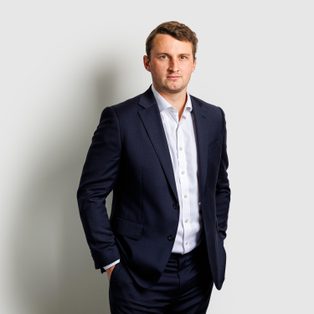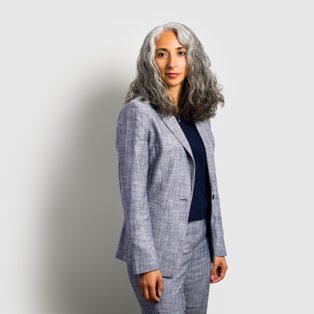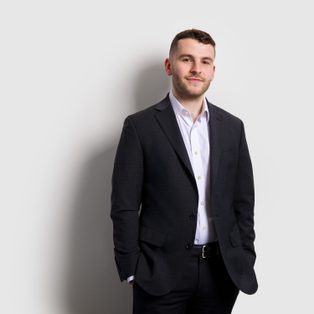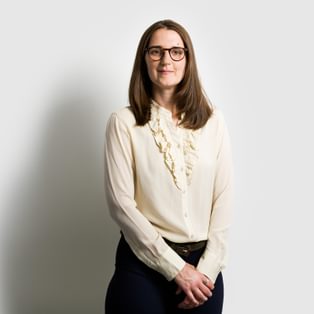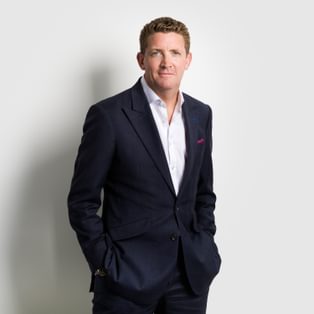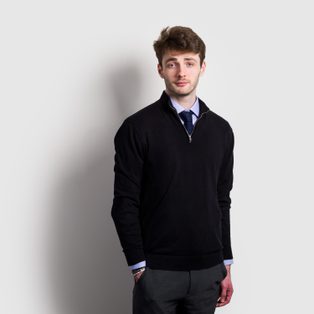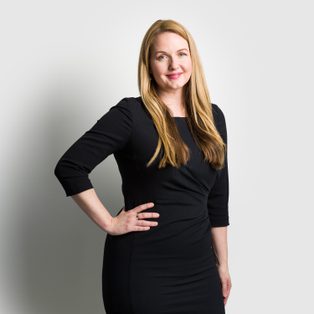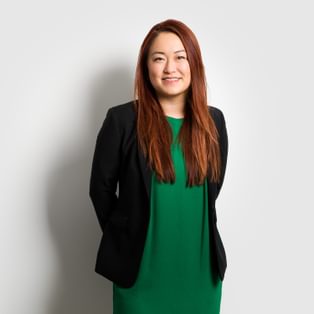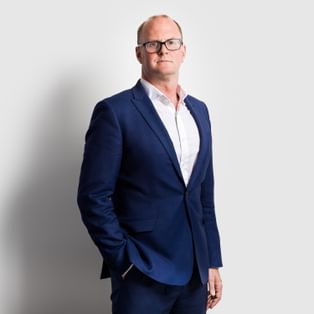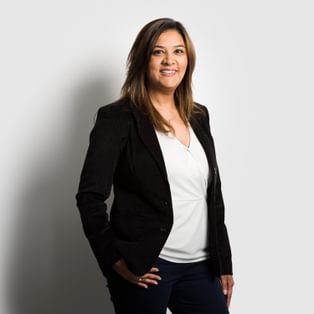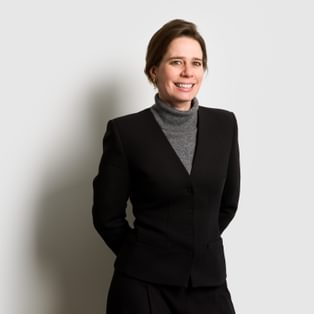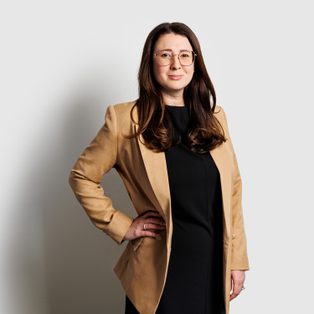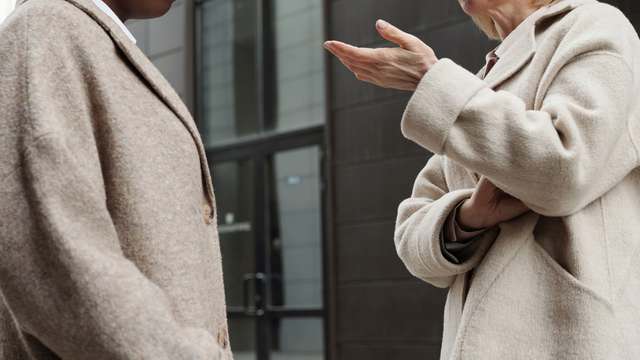This article is taken from the latest edition of Fladgate’s Fashion Update. Please email the marketing team on marketing@fladgate.com to be added to the mailing list for future updates.
The surprise departure of Raf Simons, the acclaimed Belgian designer, from Christian Dior late last year, reminded us of the pressure placed upon those who are charged with coming up with new designs to feed the fashion industry “beast”.
Simons is widely believed to have left Dior in an attempt to preserve his work-life balance. In his statement announcing his departure, he said that his decision was “based entirely…on my desire to focus on other interests in my life, including my own brand, and the passions that drive me outside my work”. Simons’ departure reignited the debate about whether fashion’s current business model – where designers are required to create at least six collections a year, as well as satisfying all the press and publicity commitments around such collections – is sustainable.
Of course, Simons was not the first high-profile Dior designer to have struggled with the pressures of work in recent years. A disgraced John Galliano was dismissed by Dior in 2011, after having been filmed making anti-Semitic remarks whilst inebriated in a Paris bar. Galliano argued that his actions were caused by “work-related stress and multiple addictions”. His story had parallels with other iconic designers: Alexander McQueen had taken drug overdoses twice in 2009, before eventually committing suicide in early 2010, and Marc Jacobs also suffered from drug addiction before giving up a glittering career at Louis Vuitton to focus on his own eponymous label.
The inability of such talented creative artists to cope with the demands thrust upon them ought to be a source of serious concern to the fashion industry. From a business perspective, there are only a handful of individuals with the vision to fill these high-profile roles; regardless of the rewards and prestige on offer, who is to say that the few candidates that exist for these positions will continue to be interested in them, given the pressures and harm that their predecessors have suffered? From an English law perspective, there is no doubt that employers owe their employees a duty of care, which means that they need to take all steps that are reasonably necessary to ensure their health, safety and wellbeing at work. Where this duty of care is breached, and an employer knew or ought reasonably to have known that its working environment posed a risk of causing personal injury (which can include psychiatric injury brought on by stress), then that employer may be exposed to a significant claim for damages by the employee.
For the time being, it seems, the only way that designers are able to escape the pressures that would otherwise be imposed on them is to operate outside the traditional structures of the industry. Thus, Azzedine AlaÏa, the respected Paris-based designer, refuses to show his clothes as part of fashion week seasons, and instead presents collections as and when he feels ready to do so. Or consider the case of Phoebe Philo, who agreed to take on the role of Creative Director at French house Céline only if she could continue to live in her native London, rather than relocate to Paris. Fashion houses – and the conglomerates that own them – would do well to continue to embrace such flexible working arrangements, so that they can ensure that they remain able to attract the most talented creatives, and give them the best environment in which to flourish. Perhaps the recent decisions taken by Burberry and by Tom Ford, to change their operating models to align their fashion shows with their retail cycles by showing their collections just twice yearly, in February and September, will herald a wider change in the industry – and one which will release some of the pressure that currently falls on the industry’s highest profile designers.



